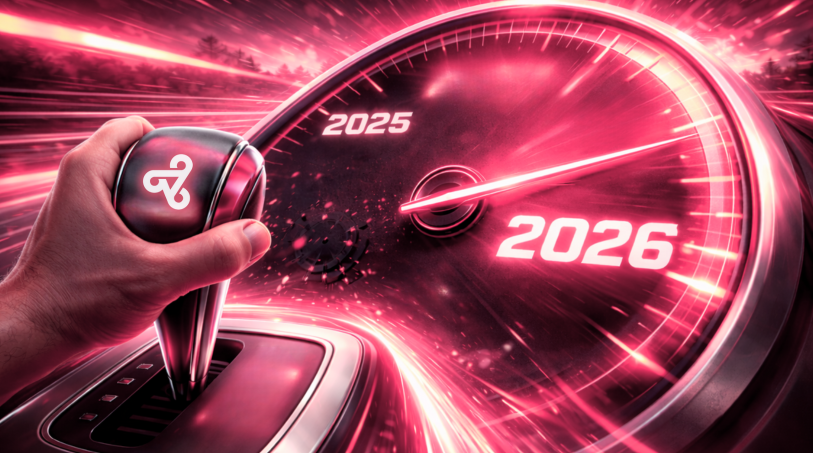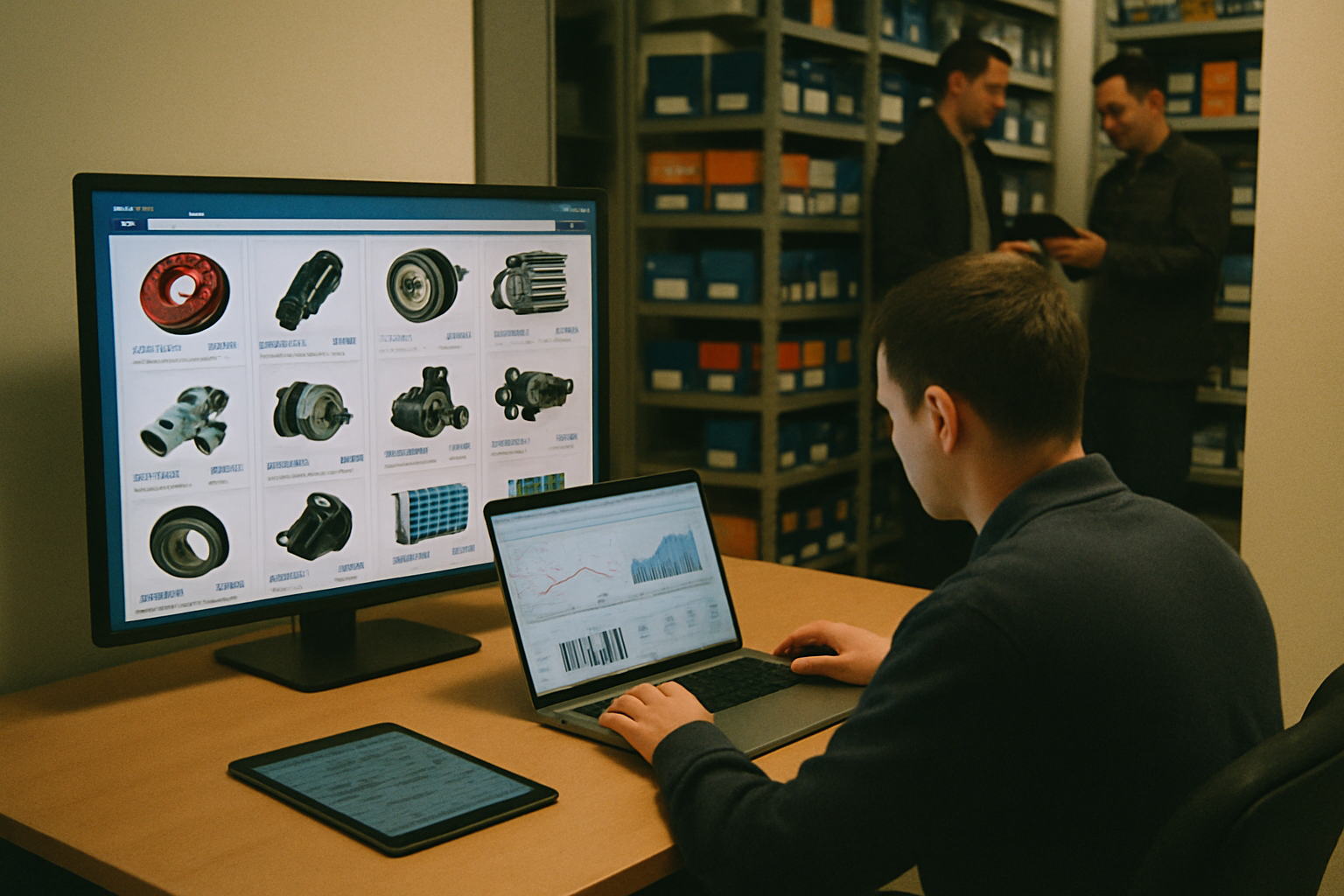In the past year, Brazil hit a historic milestone in motorcycle production: 1,748,317 units manufactured — the highest since 2011. The 11.1% growth compared to the previous period confirms the segment’s recovery and the growing demand for two-wheelers in the country. According to Abraciclo, sales also rose significantly, with 1,876,427 units sold, an 18.6% increase.
This growth highlights the importance of a well-structured after-sales ecosystem, especially the strategic role of digitalization in the auto parts, accessories, and service distribution chain. Manufacturers, distributors, and retailers are adapting their processes to meet the expectations of a more connected and demanding consumer.
Digital catalogs, real-time stock management and pricing
Instead of relying on spreadsheets or isolated systems, many distributors and specialized stores are now using integrated platforms to manage catalogs by brand and model, sync prices automatically, and keep stock updated in real time. This avoids ordering errors and reduces stockouts — a critical issue when urban mobility is at stake.
This level of automation allows a mid-sized retailer to operate as efficiently as a large distributor: they receive restock alerts based on historical data, adjust prices dynamically, and quickly list their parts across marketplaces and e-commerce platforms.
Better tax and logistics control, less rework
Digitalization is also advancing in areas like fiscal and logistics integration. Management systems (DMS) connected to sales platforms automate invoice processing and delivery tracking, giving teams more control and reducing repetitive work.
On the tax side, automation reduces errors and helps businesses analyze margins, taxes, and commercial terms — essential for sustainability in a highly competitive and margin-sensitive market.
The digital transformation of the auto parts sector
Technology companies serving the automotive industry are helping lead this shift, offering solutions that organize digital catalogs, automate inventory, and connect the entire value chain — from large distributors to workshops and physical stores.
These tools enable structured online parts sales with more security for the end customer, who gains time, access to more options, and the ability to confidently compare the best alternatives.
With Fenabrave projecting that motorcycle sales will exceed 2 million units this year, digitalization of the after-sales process is set to accelerate — particularly in the low- and mid-engine segments that are driving the national market's growth.
The new race is for speed in after-sales
Digitalization of motorcycle parts and service is no longer a competitive edge — it’s a necessity. Companies investing in digital infrastructure can operate more intelligently and respond faster to the demands of an ever-changing market.
Whether through integrated management systems, organized catalogs, or multichannel sales, the focus must be on efficiency and customer experience. And achieving that requires technology, reliable data, and partners who truly understand the sector’s challenges.












